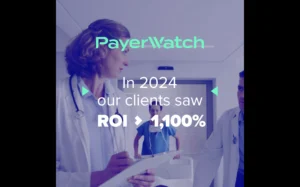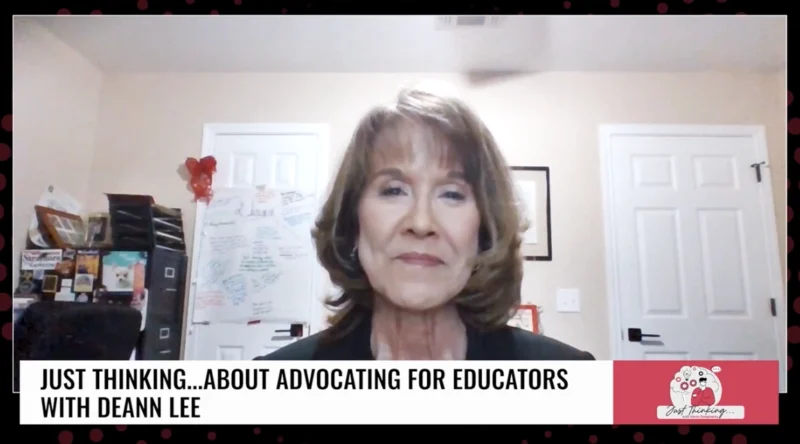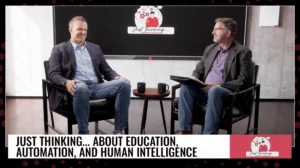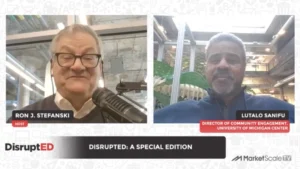How Technology is Improving Hybrid Learning Solutions During COVID-19
In August, the UN issued a 26-page policy brief on education during COVID-19 and beyond. The UN Secretary General did not mince words when he said the pandemic has created the largest disruption of education in our world’s history. And, if we don’t put solutions in place, “these learning losses threaten to extend beyond this generation and erase decades of progress.”
On this episode of To The Edge and Beyond, Education Marketing Director Chris O’Malley and Platform Solution Architect Marcos Silva from Intel Corporation’s Internet of Things Group sat down with host Shelby Skrhak to discuss these challenges and share how technology is improving hybrid learning solutions and more.
“What we’re facing now with COVID is absolutely the greatest disruption in history; there’s no doubt about it,” O’Malley said. “When I look at this, technology is a key input we have to address this disruption around the world. As a technology company, Intel continues to step up to ensure that progress is made in education.”
Students from elementary school all the way to higher education are using remote learning technologies during this pandemic, but, as Silva explains, the term remote learning encompasses both synchronous and asynchronous learning, as well as blended approaches.
Synchronous learning in elementary and secondary schools offers a more teacher-centric approach to learning — one that allows teachers to interact more often with students. At the higher education level, students require less direct instruction from teachers, but instead rely on curriculum distribution and effective collaboration tools that allow them to work in small breakouts with other students, often called asynchronous learning.
“In elementary education, it’s more about how you connect the teacher [with students], but in higher education, it’s about making discussion and collaboration more efficient,” Silva said.
O’Malley said, during this first year of widespread remote learning, technology providers have removed many of the impediments to distance learning by “getting technology in the hands of students and getting connectivity between the students and the school.”
Now, technology is helping merge in-class materials with the digitization of classroom content, but all that digital content and classroom video is driving another challenge — cloud connectivity problems.
“Now we’re starting to run into new challenges,” O’Malley said. “For school districts, that’s driving the need for local edge computing. That is a shift in the compute paradigm of balancing the immense amount of data stored in the cloud and locally. School districts are realizing this need.”
Most importantly, Intel and their ecosystem partners are focused on ensuring teachers know how to best leverage technology to enhance learning, as the “classroom” of the future is evolving quickly. This continues to also be an opportunity to learn from teachers to ensure solutions are naturally integrated into teaching approaches and easy to use.
Learn more about Education with Intel by connecting with Chris O’Malley or Marcos Silva on LinkedIn or visit https://www.intel.com/content/www/us/en/education/intel-education.html.
Subscribe to this channel on Apple Podcasts, Spotify or Google Podcasts to hear more from the Intel Internet of Things Group.









